When the weather’s nice, the outdoors is a place where families and citizens congregate and make memories. To get to where you’re going, what’s the one thing we all need – properly maintained roads. This is where road resurfacing comes into play. There are different types of resurfacing done, depending on the condition.
Here are the eleven most common types of road resurfacing methods:
1. Hot Mix Overlay
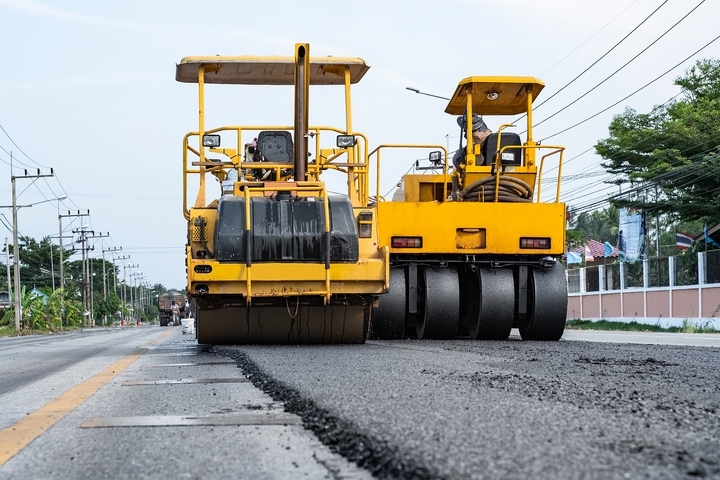
Hot mix overlay is when a new layer asphalt is placed on top of an existing road. The standard way of doing this is by milling or grounding off the old surface. This gives a contractor the opportunity to repair any minor structural deficiencies before giving it a fresh coat of asphalt.
Overlays like this are used when one wants to strengthen or rehabilitate an existing pavement. This is one of the most common types of asphalt resurfacing methods used for roads.
2. Hot Mix Mill And Overlay
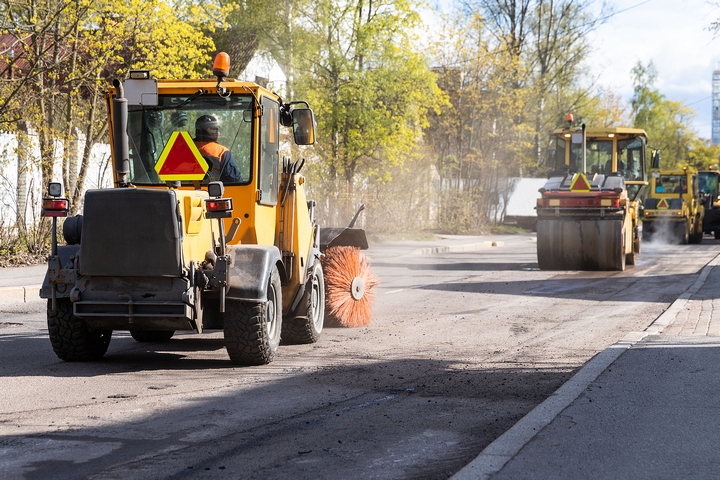
Just like a hot mix overlay, this type of road resurfacing is specific to milling off the existing asphalt road. The process of milling is a controlled removal of asphalt at a partial or full-depth application.
A common reason to mill a road surface is to recycle it. The pavement can be ground up as an aggregate to be used in new pavement. For roads with unevenness, swelling, sags, bumps, or depressions, milling is the ultimate pavement recycling method.
3. How Long Does Overlay Last?
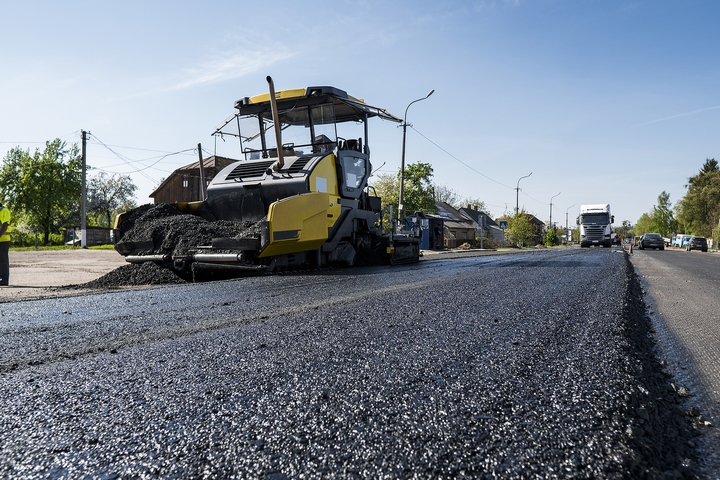
An overlay extends a road’s lifecycle on average up to 18 years. That said, factors like how many vehicles use the road, how heavy they are, and exposure to harsh weather can decrease this extension. Overlays are the most common road resurfacing because it is the most inexpensive and takes the shortest time to complete.
4. Hot-in-Place
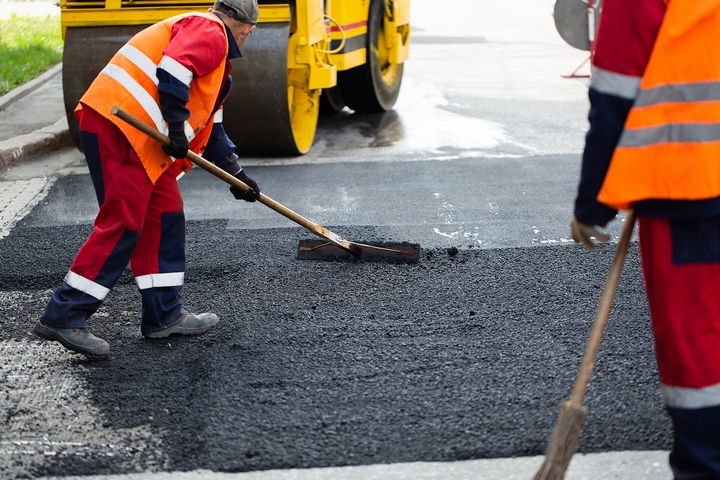
Hot-in-Place is a road resurfacing term that refers to using specialized equipment to heat the asphalt and re-process it in target areas that need to be replaced. How it works is by removing the existing asphalt and then applying the new asphalt mix in its place. As you’re reusing road materials, this is considered one of the more environmentally-friendly road resurfacing approaches. On average, a Hot-in-Place method can add another 8-15 years to a road.
5. Tar And Chip Sealing
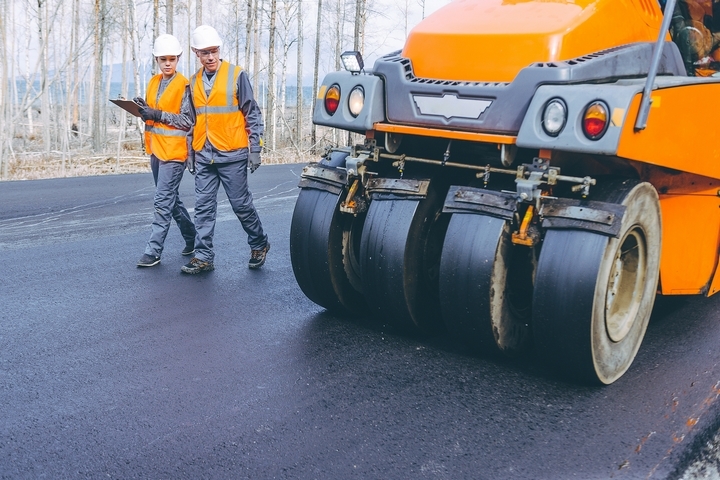
Tar and chip sealing is a surface treatment that helps with appearances but which doesn’t address issues which could be bubbling beneath the surface aesthetic. Asphalt emulsion is sprayed on top of an existing road and is then coated with a fine aggregate. The result is the appearance of a new road that retains the structure integrity of the prior road.
6. Concrete Resurfacing
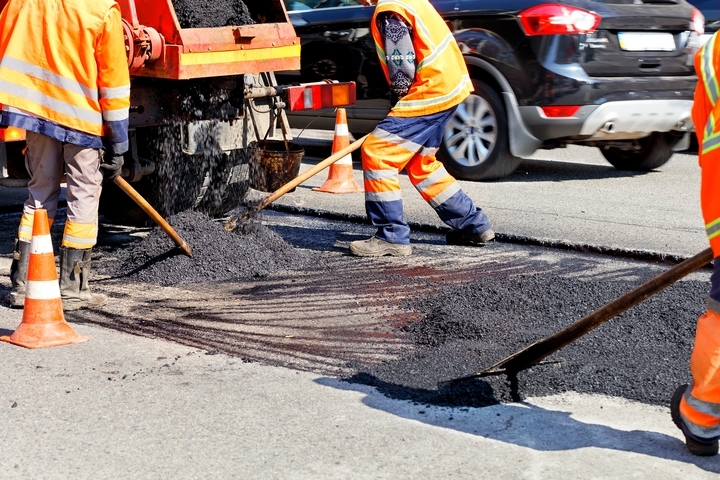
Most of our roads these days are asphalt, easily the most popular road material since the 1920s. Concrete has become more popular on some local roads. The three major types of concrete surfaces are JPCP, JRCP, and CRCP. The difference between these come down to the internal joint system that holds the concrete together and which prevents cracks from forming. Though long-lasting, concrete is more expensive to install and maintain which is why it never grew in popularity past asphalt.
7. Re-Tread
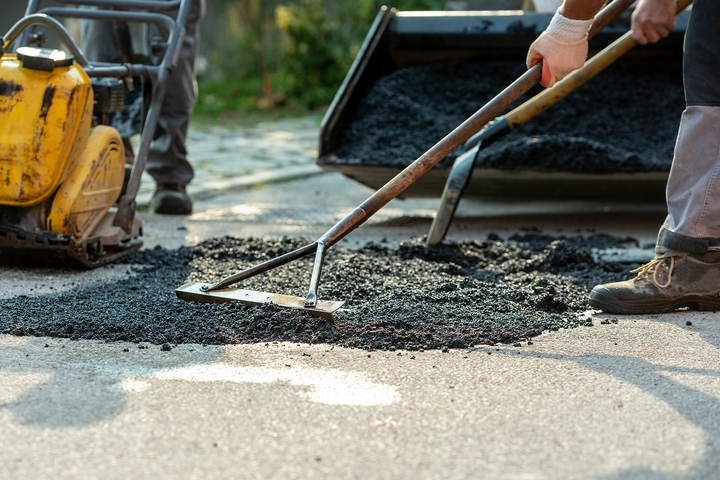
Re-treat is a method that recycles the existing road surface. The surface is milled and mixed with bitumen before being put back on the road. After drying, it can be sealed and provides a permanent road surface while protecting the structural integrity of everything underneath.
8. Surface Coating
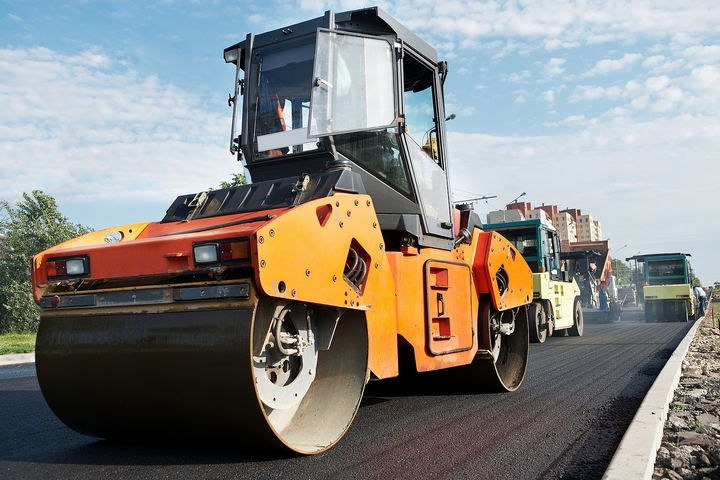
Surface coating, or surface dressing, is common on busy roads. Faults and potholes have to be repaired first. From there, the road is coated with stone chips. These provide grip, protect the permanent layer underneath from water and air damage, and can add as much as a decade onto a road’s life span. There are many variations on surface coating including combining this approach with a sealant.
9. Pavement Preservation
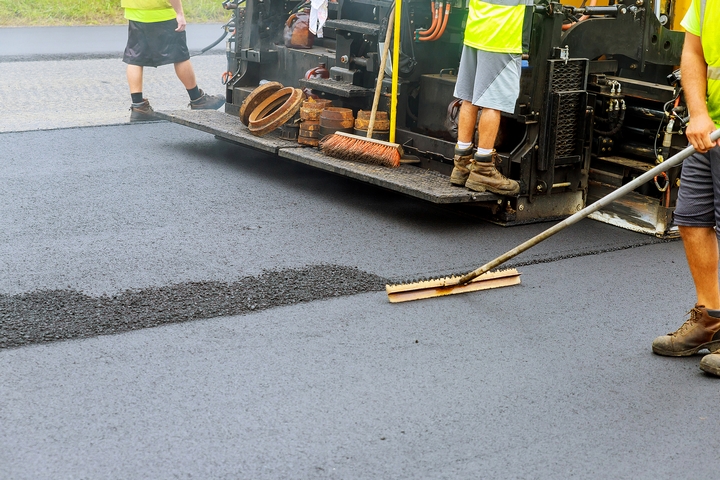
Similar to surface coating, pavement preservation or pavement renewal involves a full replacement of the surface layer or other layers of the pavement. When there is significant deterioration, a layer has to be removed and a new surface is laid. This is the least preferred approach to road resurfacing by most municipalities primarily because it is usually the most expensive.
10. Slurry Treatment
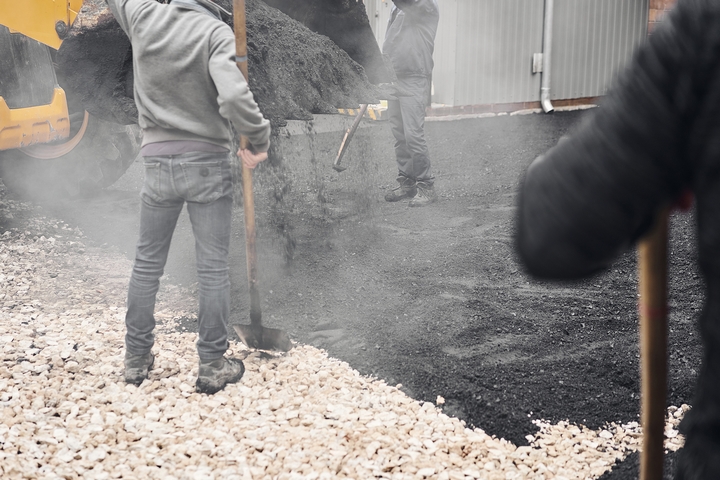
A slurry treatment is perfect for private roadways. ‘Slurry’ is a combination of asphalt emulsion, water, fine aggregate, and polymer additives. It is designed to be applied on roads with very minimal traffic. It is a great coating to cover aging asphalt as well as to seal existing cracks in a roadway. By using a slurry mix or similar combination covering, you restore flexibility to your roadway while also giving it a whole new look to be admired.
11. Road Reconstruction
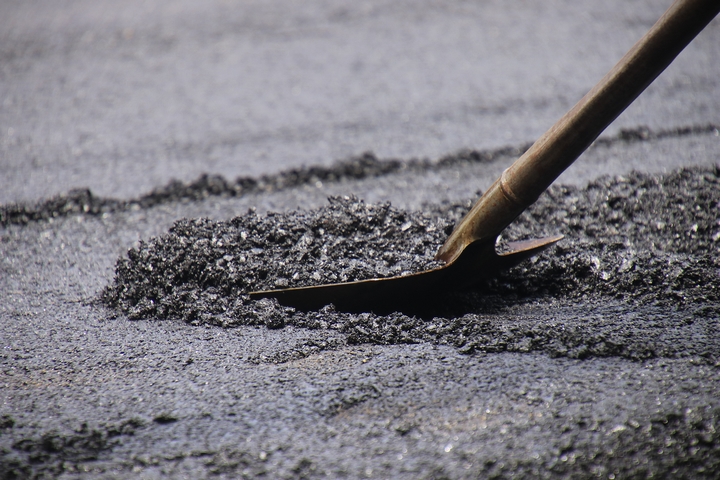
A reconstruction involves excavating, pulverizing and replacing an existing asphalt road. A completely brand new road like this may include things like fine aggregate, recycled asphalt pavement, and other materials. The decision on what to include in the asphalt road material comes down from the municipality.
